


This holiday season, we’re all about welcoming one more to the table. But have you stopped to think about what that table will actually look like? If you’re anything like me, once the guest list is set and the menu’s in motion, that last piece—how to stage the gathering itself—can feel like a bit of a mystery.
Fortunately, I was able to enlist the help of the incredibly talented Kelsey Curtis, founder of One Haus Creative Agency and the stylist for many of our photo shoots, to share her favorite tips to create festive tabletops. Read on to learn how to create a beautiful, welcoming backdrop for your Neighborsgiving, potluck or holiday open house. Because when we gather over homemade food, it’s not just about what’s on the plate. It’s about creating moments of Moregetherness: warmth, connection and the joy of being together.
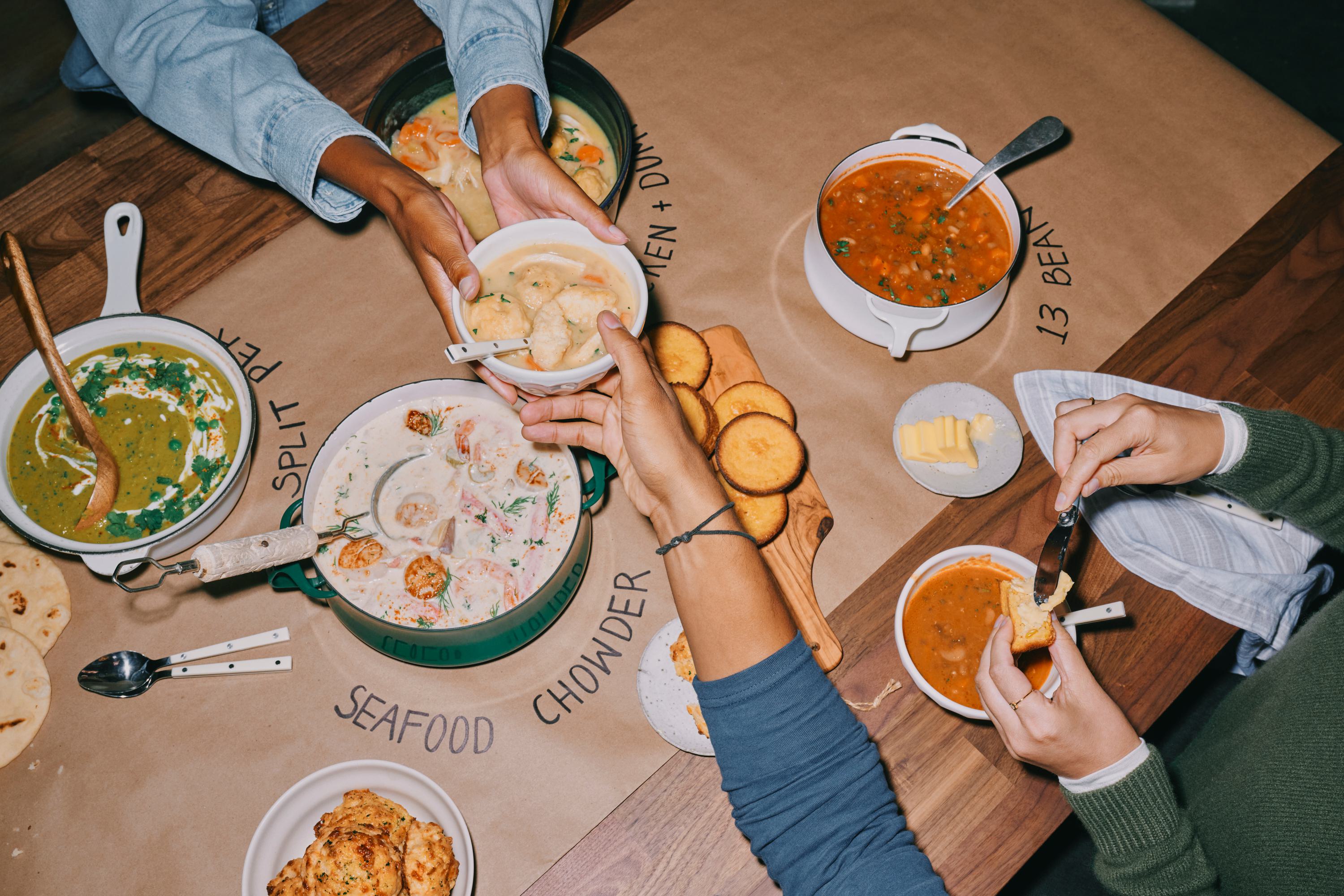
For Curtis, a love of tabletop styling started long before she ever held a job title. “I grew up with Martha Stewart Living magazines all over the house,” she remembers. “I loved studying the photography—especially the flat lays—and I’ve always been fascinated by how textures and colors work together to create a mood.” Even without an extravagant budget, the women in her family made every meal feel special, a lesson that stuck with her. “I learned you don’t need fine china to make a gathering warm and inviting. That love of creating beauty for others is what drew me to prop styling. Tabletop design is the perfect blend of storytelling, creativity, and hospitality.”
That blend defines Curtis’s career, which started with early creative roles at Anthropologie—where she helped build elaborate in-store displays—before moving on to freelance projects ranging from stop-motion animation sets to wedding florals. Later, she sharpened her eye for detail as a lead stylist at Nike, where even a stray thread could compromise a billboard-sized image. “That role taught me a whole new level of precision,” she says. Eventually, she launched her own business, styling lush wine dinners in forests, beaches and fields, and building a prop collection that now informs every shoot she works on.
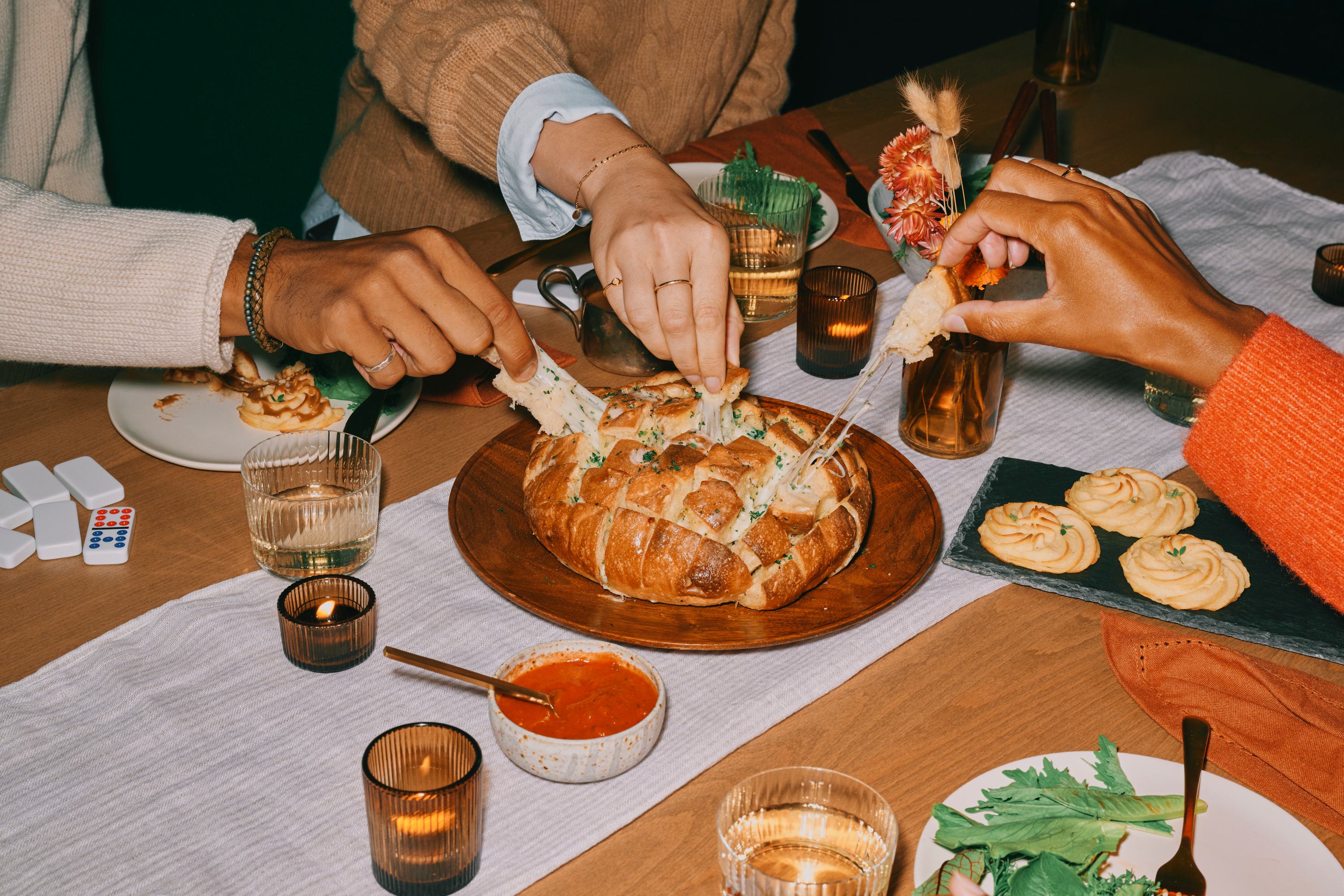
When it comes to styling a festive table, Curtis says the time of year and the space you’re working in are natural starting points. “Seasons are such an easy place to begin. For a summer solstice dinner, I’ll lean into light, sun-soaked colors. For Thanksgiving, I gravitate toward rich textures and warm, layered tones that add depth,” she explains. She also thinks about the context: a cozy dining room calls for different details than an outdoor greenhouse or garden table.
And while choosing plates and glassware is important, the personal touches are what make a table memorable. One of Curtis’s favorite tricks is to lay snips of seasonal foliage on each plate, a simple gesture that adds a heartfelt layer to the setting. “And don’t forget about the center of the table,” she says. “It sets the whole mood. I love creating a ‘mini forest’ of bottle-brush trees with tiny copper lights, or taking a cue from my mom and placing a childhood snow globe inside a wreath. It’s whimsical, nostalgic and unexpected—but everyone loves it.”
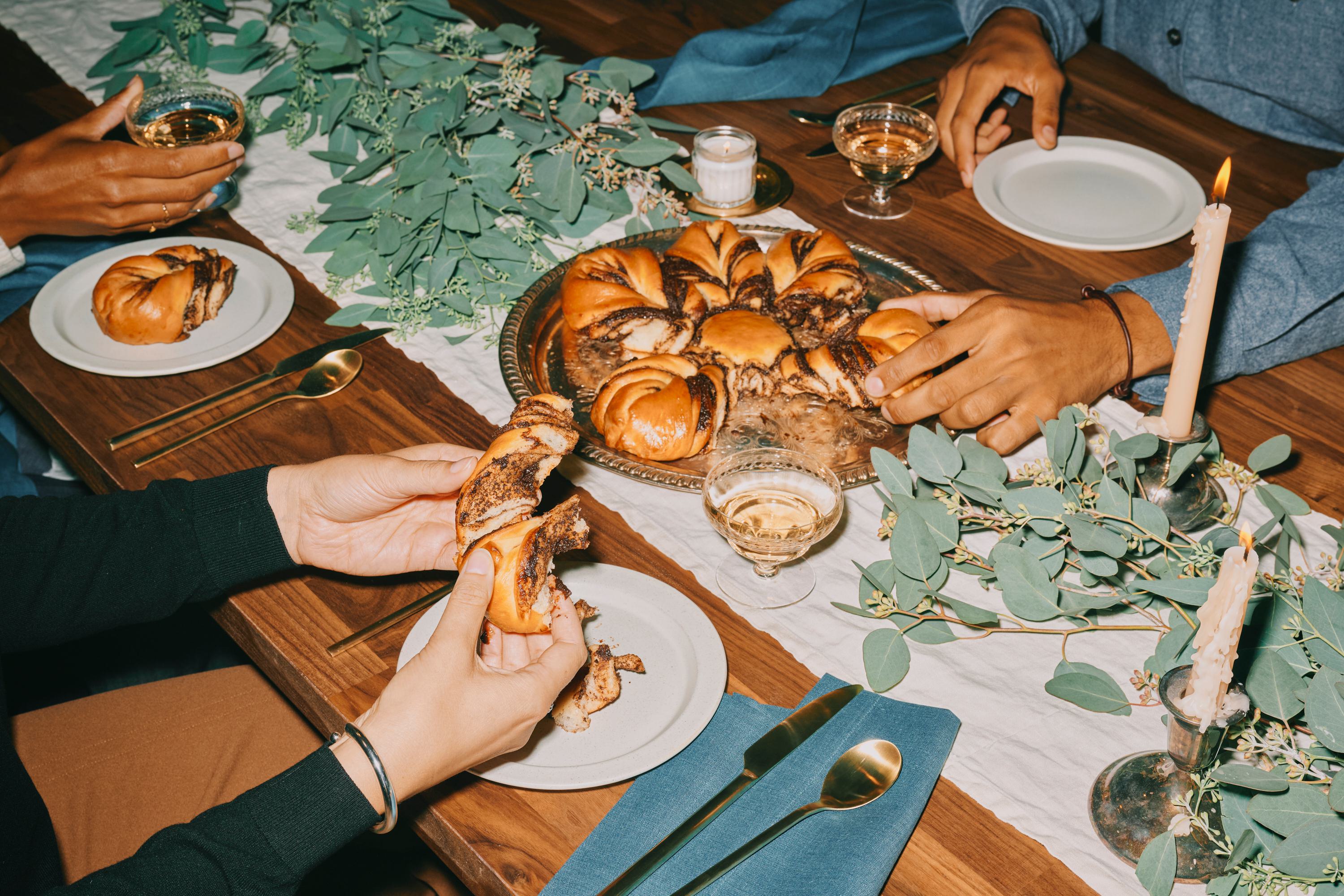
Curtis approaches casual and formal settings much like a chef approaches a recipe: the core ingredients are the same, but the execution changes. “You always need plates, silverware, glassware—but the styling is where you get to play,” she says. For a formal table, details like neatly folded napkins, place cards or custom menus make the difference. A casual gathering, on the other hand, might call for playful textiles, mixed glassware or pops of color.
And expensive doesn’t equal elegant. “You can absolutely create a formal look with informal pieces,” Curtis notes. “Thrift mismatched blue-and-white china, pair it with vintage glassware, and mix in candlesticks at different heights—it’s not about price, it’s about intention.”
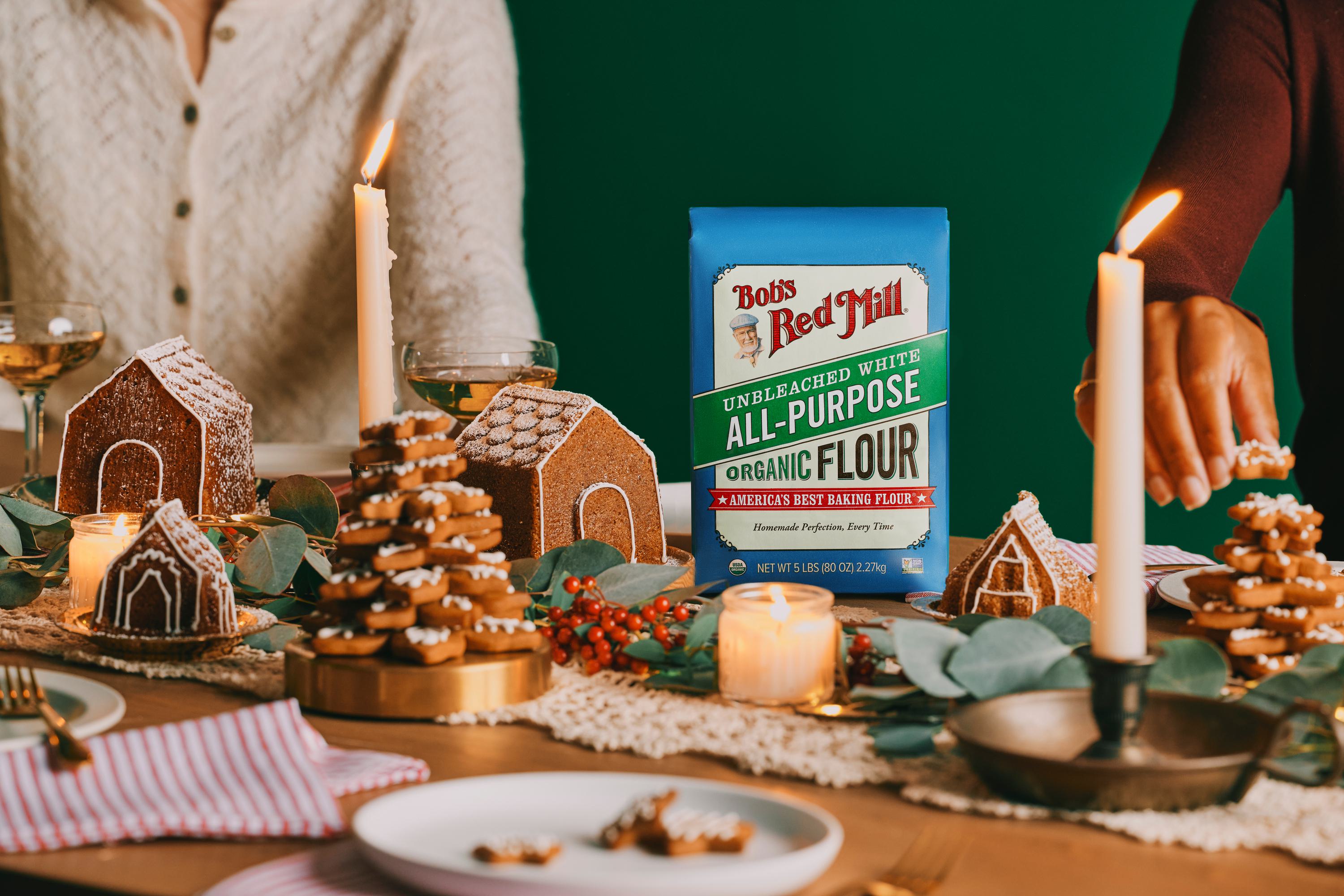
One of Curtis’s favorite styling tips is also the simplest: shop your own home. “Small personal touches go a long way—tie a ribbon around a napkin, clip a sprig of greenery from the yard, or repurpose teacups as votive holders,” she says. Everyday objects like bowls, a stack of books or mismatched candles can feel elevated when arranged thoughtfully.
She also loves a good “cupboard raid.” Serving dishes, seasonal fruit, foraged pinecones or even repurposed ornaments can add texture and character to a table. “Some of the best props are things you already have. Walk through your home with an open mind—anything that adds interest can become part of the story.”
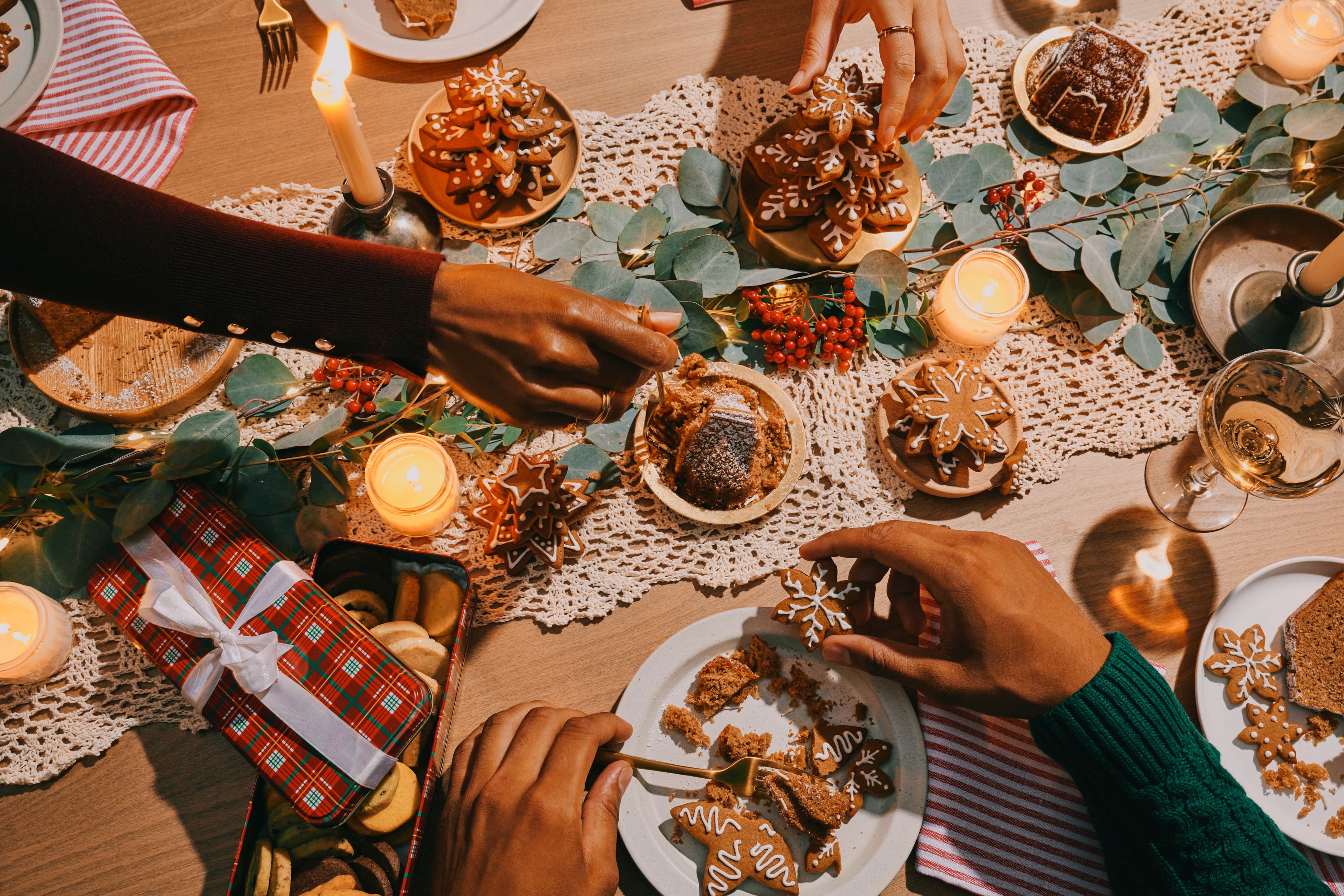
Curtis is also a devoted thrifter, especially during the holidays. “It’s the best way to create a holiday table that feels unique, lived-in and affordable,” she says. She suggests starting with a mood board to guide the hunt, and focusing on glassware or serving pieces that are easy to mix and match. “Finding a full matching set for a large gathering can be tricky, but you can mix two coordinating sets of glassware and alternate them at each seat to make the table more visually interesting. Vintage silverware and serving pieces are another great category to mix and match.”
Textiles are another powerful tool. “They completely set the tone,” Curtis explains. A crisp white tablecloth signals elegance, while a linen or kraft paper runner creates a relaxed feel. Napkins can be folded for polish or knotted for an effortless vibe, and layering placemats, tablecloths and runners adds depth and personality. Vintage or secondhand fabrics and lace, with their lived-in charm, bring a sense of history that new pieces can’t replicate.
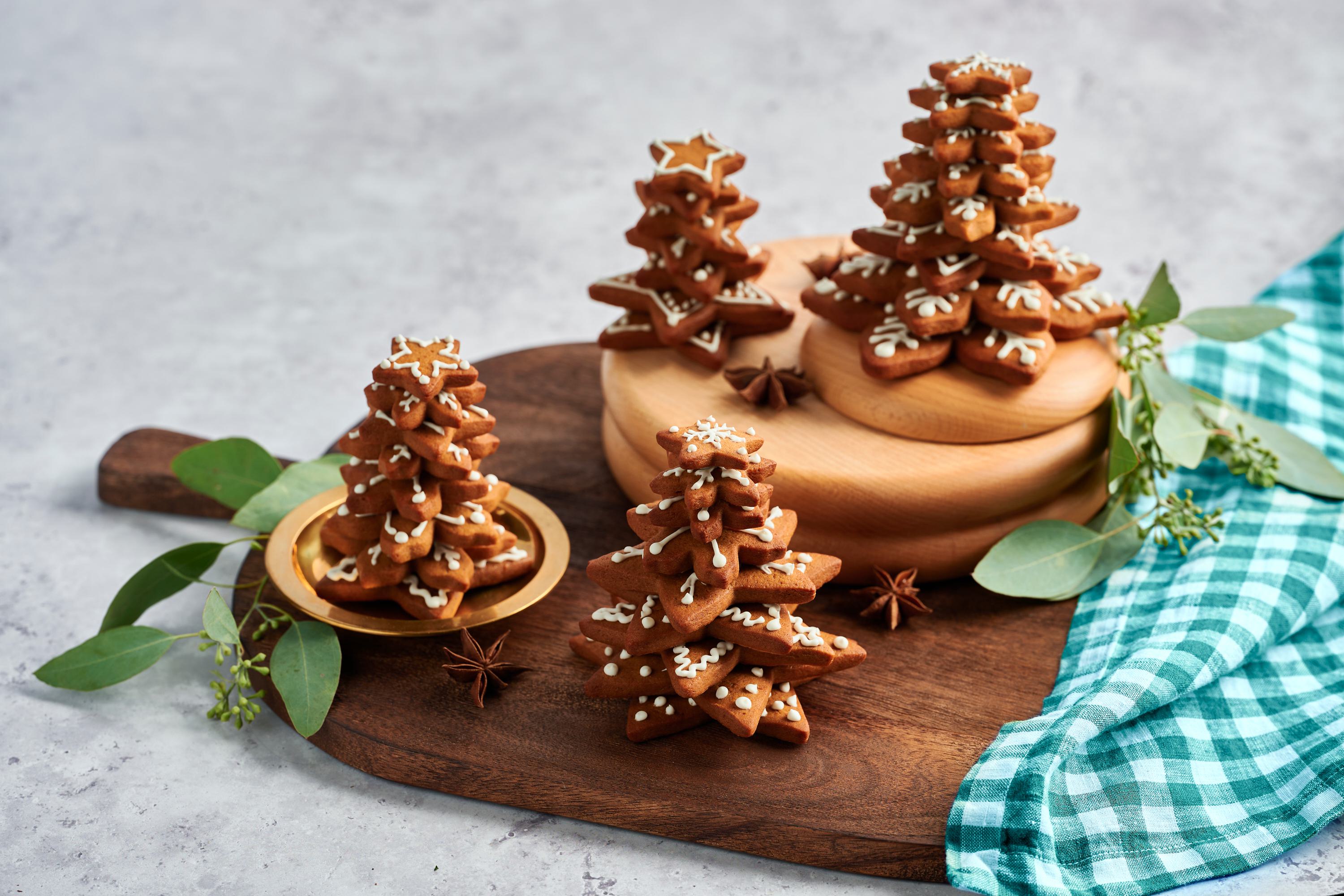
If you’re working on a budget, Curtis recommends focusing on flowers and greenery. Affordable grocery store blooms (she recommends Trader Joe's) can look high-end with a little technique: clean the stems, use chicken wire or foam to shape the arrangement, and mix in one or two “hero” stems for drama. Even a single rose—its petals gently peeled back to open fully—can elevate an arrangement.
And if you only have 10 minutes before guests arrive? Curtis has two quick fixes: lighting and music. “Turn off the overhead light, scatter candles down the table, and let the glow set the mood,” she says. “Then put on a Frank Sinatra playlist or a French jazz mix. Those two simple steps create a cozy, festive atmosphere in minutes.”
From hand-stitched napkins to thrifted teacups, Curtis’s approach to tabletop styling proves that you don’t need an elaborate budget or a professional background to make a gathering feel magical. At its heart, creating a table is about creativity, intention and care—the same ingredients that make any holiday gathering memorable.
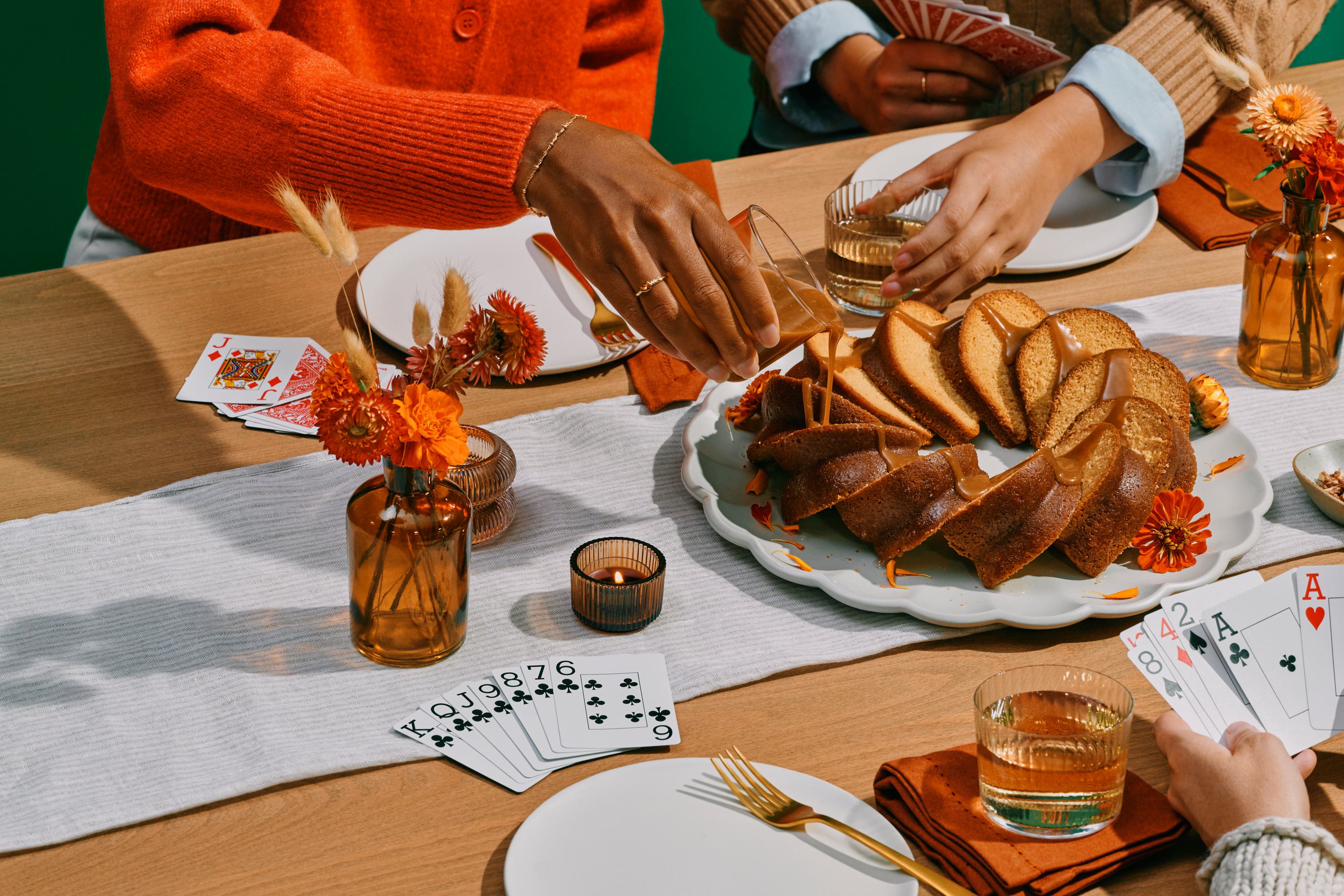
Once your table is set, it’s time to fill it with delicious homemade food! These easy recipes are sharable, memorable and totally doable:
Whether you’re hosting a cozy Neighborsgiving or a festive open house, a thoughtfully styled table and a menu built for sharing are all you need to turn a simple homemade meal into something truly special.